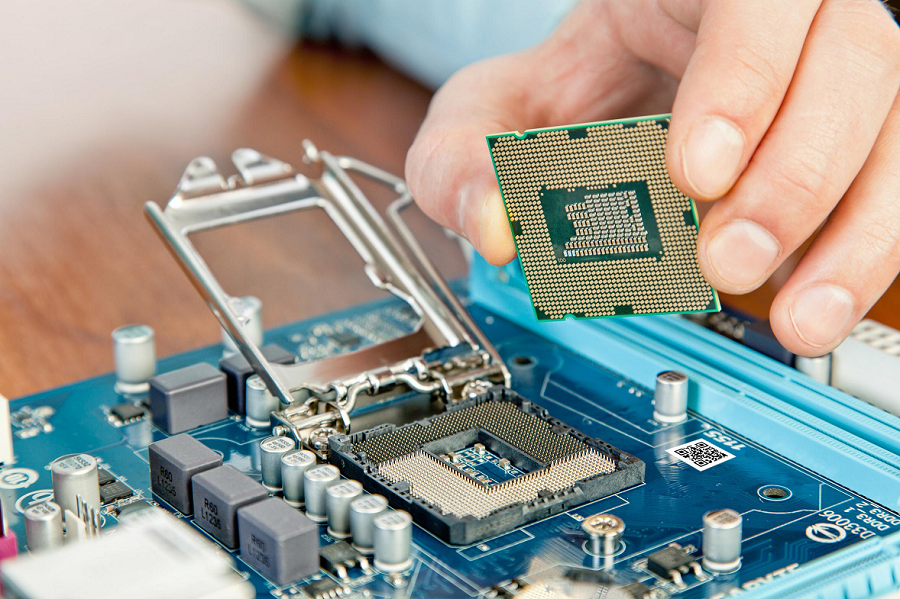In Part One of our discussion on how to eliminate unreadable barcode issues, we discussed some common causes of poor readability — including low contrast, quite zone violations, and damaged/distorted codes — as well as a number of solutions.
As noted, it’s important to ensure your printers are well maintained and that you are using the correct ink, ribbons, and substrate. But there are other problems that can lead to poor quality barcodes or unsuccessful reads.
1. Improper Reading Position: There are times when perfectly printed barcodes are rendered unreadable because of the barcode scanner position. Some barcode readers have specific requirement when it come to position, angle, focal distance, orientation, or even lighting. All barcode readers have a specific depth of field that defines the minimum and maximum distance the code can be from the scanner. The angle of the code can also be a problem — as anyone who has struggled at a self-checkout scanner at the grocery store can attest. If the reader isn’t properly positioned relative to the code, it can be blinded by the reflection of its own light, for example. One issue that is unique to laser scanners is that the scan line must be perpendicular to the barcode itself or the scanner can’t decode all of the elements of the printed code.
Solutions: If the distance and angle from the code to scanner will vary considerably in your application, or there is little way to control the placement of the scanner, then you might want to invest in scanners that have built-in autofocus or greater focal distances. Very small barcodes in difficult-to-see areas can also be read using right-angle mirrors.
In other applications, imaging-based barcode scanners can provide more flexibility when it comes to angle, orientation, or a particular mounting configuration. Unlike laser scanners, imaging scanners can read a barcode at any orientation. Imagers also suffer from fewer problems with specular reflections. Imagers are particularly useful for conveyor-based applications where items are presented at varying orientations or positions. More importantly, you should be sure to match the scanner’s capabilities with your application needs so that the technical limitations of the hardware don’t create unreadable barcode scenarios.
2. Print or Mark Inconsistency: If the ink is unevenly distributed during printing or there is uneven pressure in the case of direct part marking/etching solutions, this can also lead to unreadable barcodes. These printing/marking issues can also result in low contrast or quiet zone issues, distorted codes, or even damaged packaging.
Solutions: For traditional direct thermal or thermal transfer barcode printers (or other types of inkjet or other printers), ensure that the printhead is the correct distance from the print surface and that the printhead is regularly cleaned. Unblock inkjet nozzles, and make sure that the printer is running at the correct speed — if you are producing labels to quickly, the image can become distorted or jagged.
For direct marking equipment, the material used to create the mark (which can be a metal stylus, laser, chemical, or other method) should be good quality and in good condition. Using high-quality inks, thermal ribbons, and substrates can also help reduce print inconsistency. Thermal transfer ribbons like ARMOR’s AXR EL are designed for specific applications (in this case, electronics and printed circuit boards), and produce durable, high-contrast barcodes.
For companies with unreadable barcode issues, the problem often lies with one of the common sources of print quality or scan errors outlined in parts one and two of this blog series. The most frequently encountered readability issues can be easily solved by adjusting the hardware or selecting the right ribbons and labels, following proper printer maintenance/upkeep procedures, or using barcode scanning equipment that provides more flexibility.
Don’t let unreadable barcodes bog down your inventory or supply chain operations — by investing the time to get to the root of the problem, you can reap the efficiency rewards.




